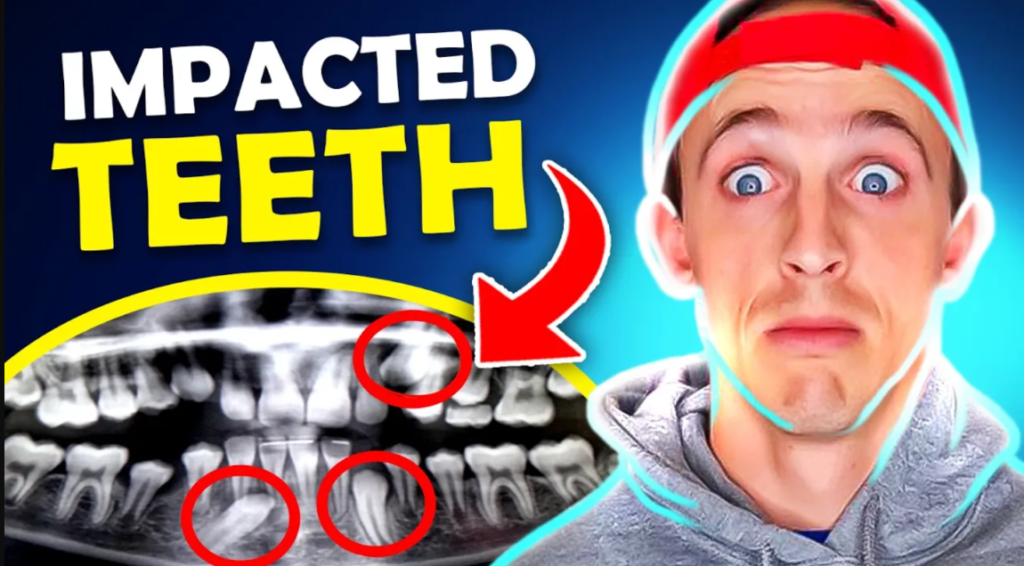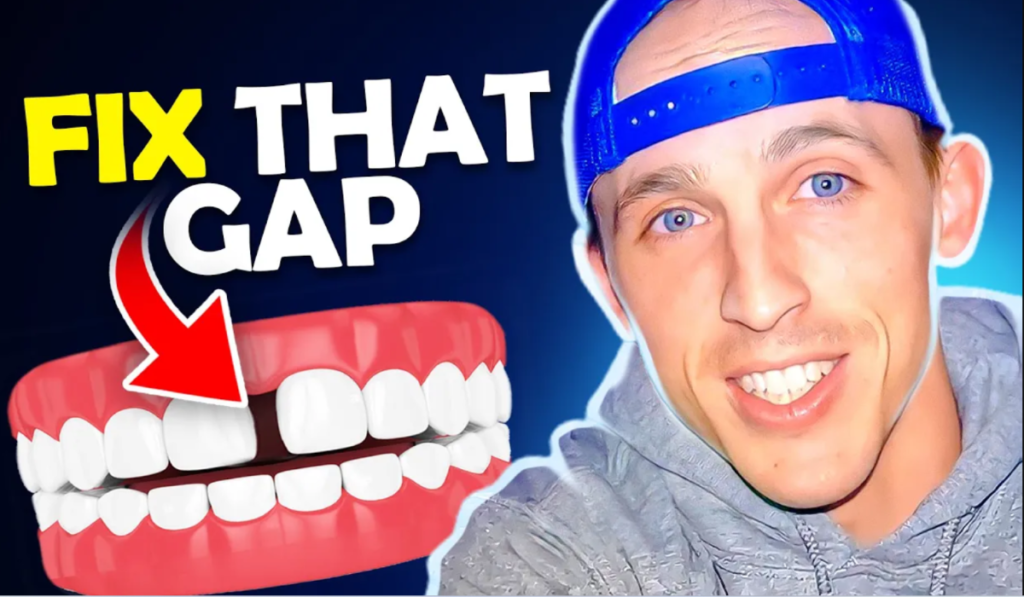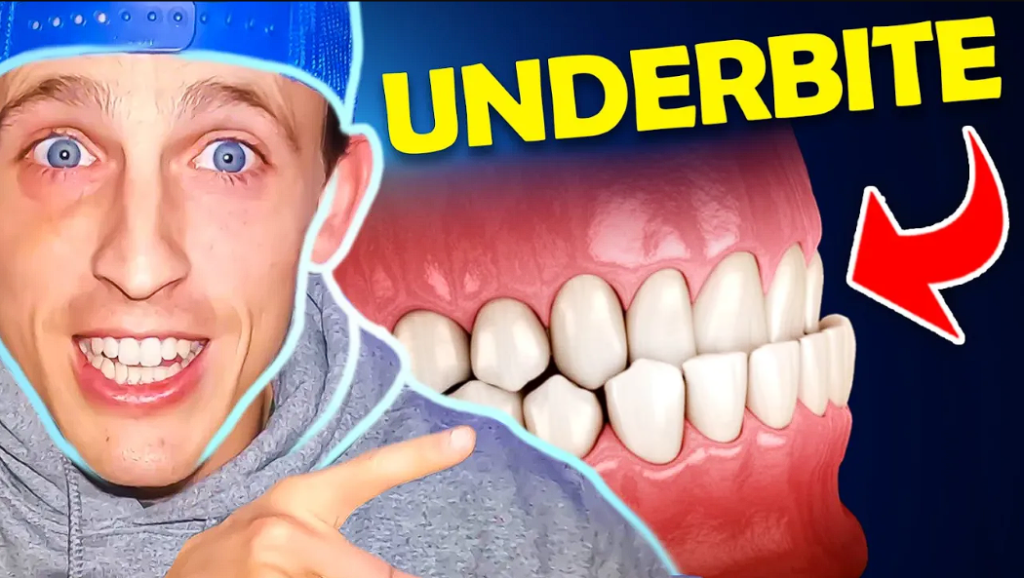Understanding Impacted Teeth and Expose-and-Bond Procedure at Packard Family Orthodontics
September 27th, 2023

Introduction
Do you have an impacted tooth, and are you considering an expose-and-bond procedure? Welcome back, everyone! I'm Dr. Ryan Packard, your local orthodontist at Packard Family Orthodontics. Today, we'll delve into the world of impacted teeth and discuss the traditional approach known as the expose-and-bond procedure. We've touched on this topic before, but it's essential to understand the options available when dealing with impacted teeth.
Impacted Teeth: A Recap
Before we dive into the expose-and-bond procedure, let's briefly revisit what impacted teeth are. An impacted tooth is one that fails to emerge or align correctly with the surrounding teeth. This can happen for various reasons, such as lack of space, deviation from its natural path, or other factors.
In some cases, you may wonder if it's necessary to address impacted teeth at all. As previously mentioned, leaving them untreated is an unconventional but viable option for some. We recently encountered a fascinating case where a patient had chosen not to address their impacted canines, and it turned out surprisingly well. Despite having four impacted baby canines, these teeth had remained in place for decades. However, it's crucial to understand that while leaving impacted teeth untreated can be an option, there are potential consequences to consider. We always recommend discussing your specific situation with your local orthodontist.
Traditional Approach: Expose-and-Bond Procedure
Now, let's explore the traditional approach to dealing with impacted teeth, which involves the expose-and-bond procedure. This procedure is typically employed when it's deemed beneficial to bring the impacted tooth into its proper position.
Here's a step-by-step overview of the expose-and-bond procedure:
- Creation of Space: First, your orthodontist may use braces or Invisalign to create enough space for the impacted tooth to move into its intended location. This process may take several months and involves gentle shifting of surrounding teeth to make room.
- Consultation with Specialists: Once adequate space is achieved, you'll likely be referred to a dental specialist, such as an oral surgeon or a periodontist. These specialists will perform the expose-and-bond procedure.
- Exposure: During the procedure, the specialist will numb or anesthetize the area to ensure your comfort. They will then make an incision to expose the impacted tooth, which may be encased in gums and bone.
- Attachment of Bracket: A bracket, similar to the ones used in traditional braces, is affixed to the exposed tooth. This bracket typically features a chain, similar to an anchor, attached to it.
- Closing the Incision: After attaching the bracket and chain, the specialist will carefully close the incision with stitches, ensuring the tooth remains accessible.
- Alignment and Movement: Once the impacted tooth is exposed and bracketed, your orthodontic treatment continues. Your orthodontist will use various techniques, such as springs or wires, to gently pull the tooth into its correct position over time.
- Patience and Monitoring: The process of moving an impacted tooth can be lengthy and requires patience. Regular check-ups with your orthodontist and specialist are crucial to monitor progress and make necessary adjustments.
Conclusion
The expose-and-bond procedure is a traditional but effective approach to dealing with impacted teeth, ensuring they move into their proper positions within your mouth. While it can be a lengthy journey, with the right care and patience, most impacted teeth can be successfully aligned.
If you have an impacted tooth or are considering this procedure, consult with your local orthodontist, such as Packard Family Orthodontics in McKinney and Anna, Texas. They can provide personalized guidance and develop a treatment plan tailored to your unique needs.
Remember, your oral health is essential, and addressing impacted teeth is a step toward achieving a healthy, beautiful smile. Book your appointment with Dr. Ryan Packard today for your initial consultation. Don't hesitate to reach out to us for a consultation. We look forward to welcoming you to become a part of the Packard Family Orthodontics community!







